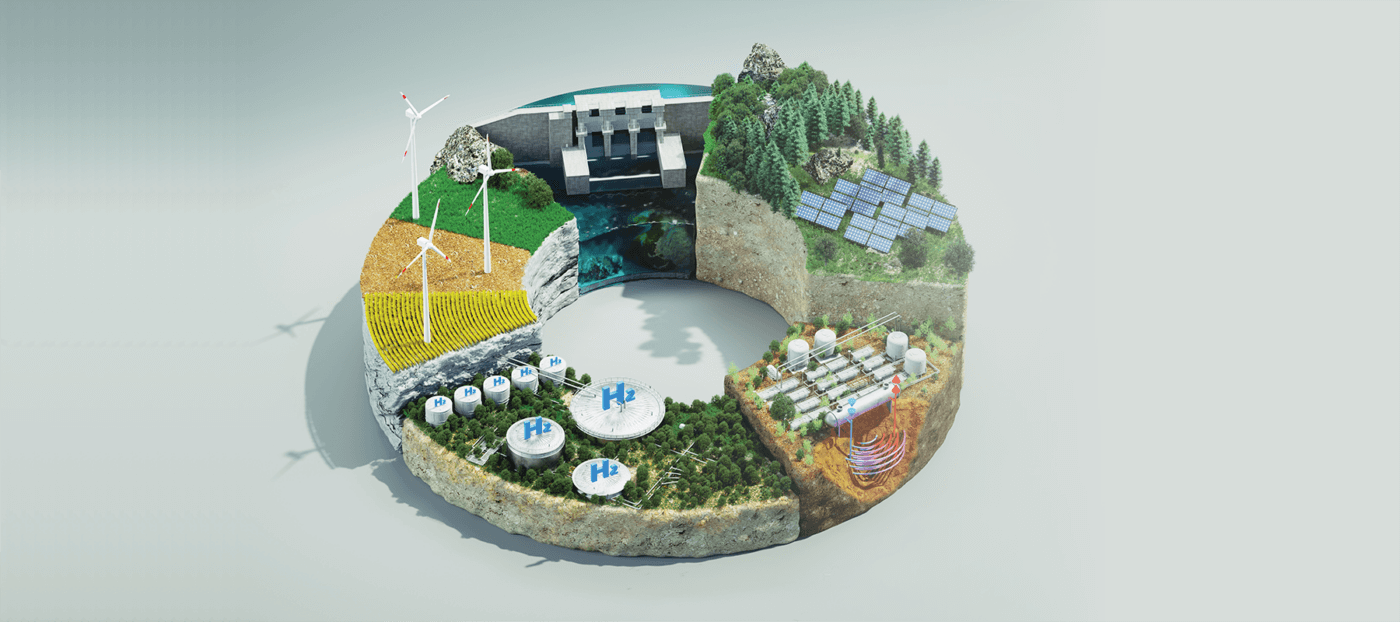
America, We Have Liftoff! What IRA and IIJA applicants should know about DOE’s Pathways to Commercialization
Key highlights:
- The U.S. Department of Energy (DOE) recently released a series of “liftoff reports” to help steer private sector investments that can advance the commercialization of emerging clean energy technologies.
- The reports released to date include advanced nuclear energy, clean hydrogen, long duration energy storage, and carbon management, and serve as living documents that are updated to address the rapidly emerging market, technology, and policy environments.
- Additional reports are expected in the coming months on industrial decarbonization and the electric grid.
- DOE engages with a variety of stakeholders, including nonprofits and industry, to inform new publications and future updates.
- Successful implementation of Infrastructure Investment and Jobs Act (IIJA) funding programs and Inflation Reduction Act (IRA) production tax credits will help support and drive demand for pathways to commercialize these emerging clean energy technologies.
- CATF’s implementation experts are on-hand to help IIJA and IRA applicants understand how best to navigate the system to maximize clean energy deployment.
With the passage of the Infrastructure Investment and Jobs Act and the Inflation Reduction Act, the Department of Energy is investing billions of dollars in large-scale demonstration and deployment of clean energy technologies – from advanced nuclear energy to carbon capture and storage to clean hydrogen production and more – over the next decade. These historic investments will help commercialize emerging clean energy technologies that will play a critical role in economy-wide decarbonization and help the U.S. reach its climate goals.
Commercialization: from Lab to Market

What are the liftoff reports and how are they used?
Commercializing clean energy technologies takes both public and private sector involvement, and DOE created the liftoff reports as important resources to 1) outline how and when emerging technologies can reach full-scale commercial adoption and 2) highlight the challenges these technologies face in reaching commercialization and how coordinated public and private sector investment can help resolve them.
These reports serve an important purpose:
- Provide technology-specific emissions and economic modeling data to inform industry, investment, and broader stakeholder decision-making
- Serve as a common resource for ongoing dialogue between DOE and the private sector
- Catalyze rapid coordination across the technology value chain
- Serve as “living” documents that will be updated as the commercialization outlook evolves
To date, DOE has released the following liftoff reports:
- Advanced Nuclear: Advanced nuclear energy is clean, firm, land efficient, and requires less transmission buildout than alternative energy sources with concentrated local economic benefits and additional applications (e.g., clean hydrogen generation, industrial process heat). Advanced nuclear technology deployment could scale U.S. capacity from ~100 GW in 2023 to ~300 GW by 2050, but commercialization requires more market certainty and confidence about project costs, timelines, and risks.
- Clean Hydrogen: The $7b Regional Clean Hydrogen Hubs Program and the 45V hydrogen production tax credit incentive set the stage for commercial liftoff. Clean hydrogen production in the U.S. could increase from less than <1M metrics tons annually to ~10M tons in 2030. To get the clean hydrogen market to scale, certain challenges need to be tackled: long-term offtake contracts, uncertainty around cost, performance, and permitting, electrolyzer supply chains, CO2 distribution and storage infrastructure, and workforce.
- Long Duration Energy Storage: The U.S. grid may need 2250-460 GW of long duration energy storage (LDES) capacity by 2060 to support a net zero economy. Realizing the decarbonization potential of LDES requires significant improvements in technology cost, performance, and market recognition to compete with lithium-ion battery advancements.
- Carbon Management: The U.S. will need to capture and store 400 to 1,800 million tonnes of carbon dioxide annually by 2050 to reach our energy transition goals. While the technology is ready, market conditions have previously stunted the commercialization of carbon management technologies. IIJA funding for commercial demonstration and deployment programs and the 45Q direct air capture tax credit that was expanded and extended by the IRA creates a new market in which carbon capture, removal, use, and storage technologies are economically viable for industrial and power sectors.
DOE also released an Overview of Societal Considerations and Impacts that provides context for how the liftoff reports address equity, labor, safety, and economic impacts and includes ways for project developers to proactively account for those impacts.
Next steps
Timely and successful commercialization of these clean energy technologies is essential to achieving decarbonization goals in both the U.S. and abroad. As referenced in the liftoff reports, IIJA funding programs coupled with the IRA’s clean energy production tax credits will help bring these technology costs down and significantly advance their commercialization. CATF’s technology experts are actively engaging with DOE as they develop, publish, and update these liftoff reports to help ensure they reflect the latest studies, data, and reports to guide private sector investment in the technologies needed for decarbonization.
DOE will also release new liftoff reports in the coming months on industrial decarbonization and the electric grid. Private sector and industry stakeholder engagement with DOE on these liftoff reports is critical to inform future updates and new publications, and DOE is seeking feedback from stakeholders through industry forums, requests for information, and direct public input. DOE also welcomes input and inquiries via email at [email protected].
To access the reports, learn more, and sign up for the newsletter to receive updates from DOE, visit https://liftoff.energy.gov.
If you have thoughts or questions about the reports, you can contact Holly Reuter, CATF’s Policy Implementation Director at [email protected]



